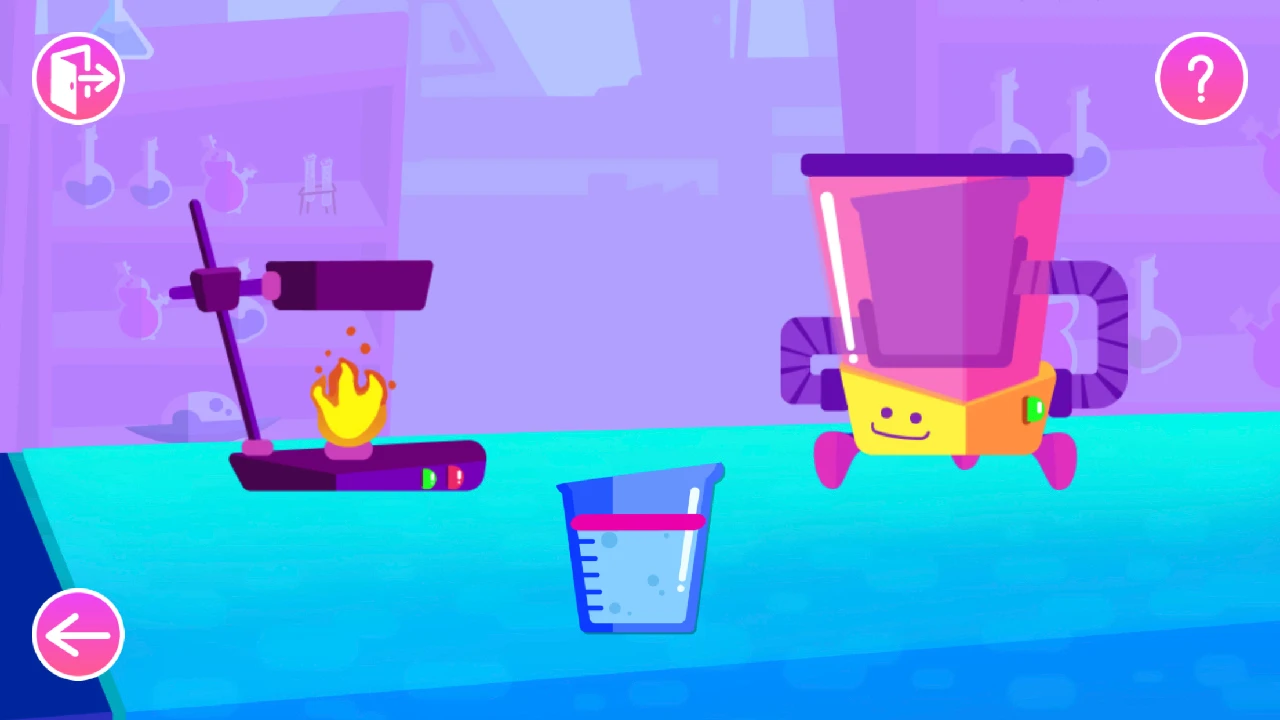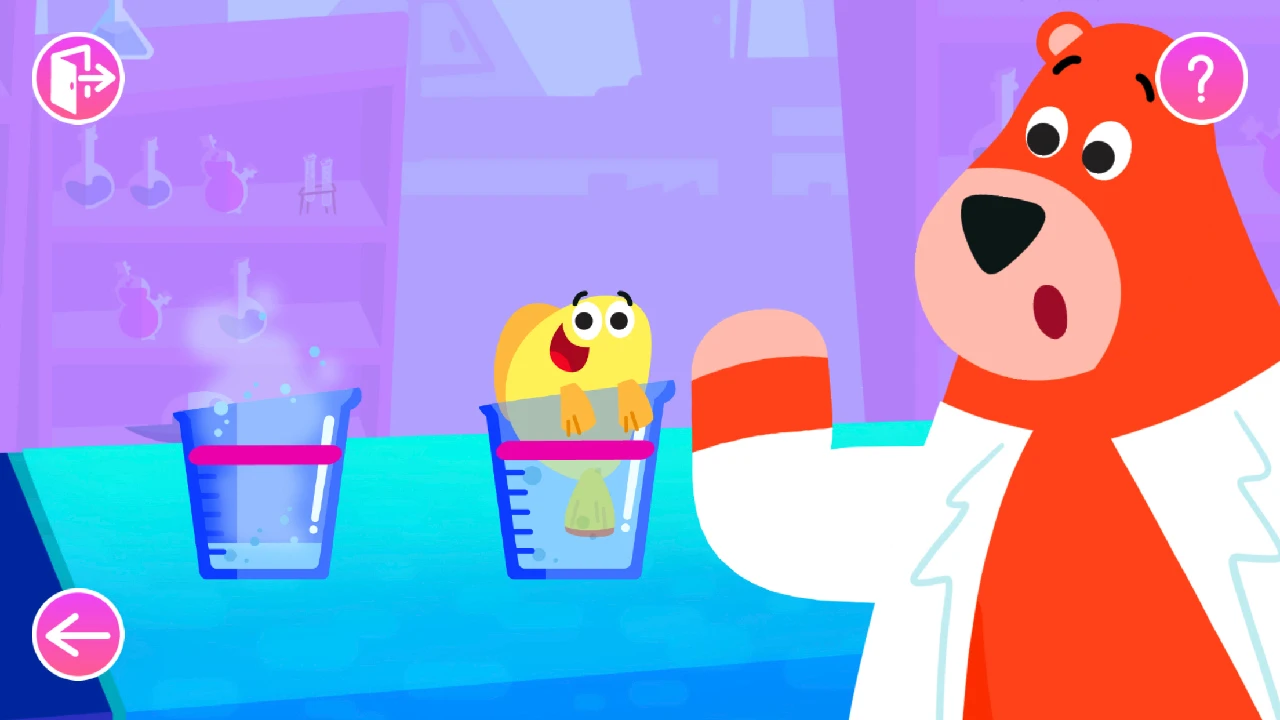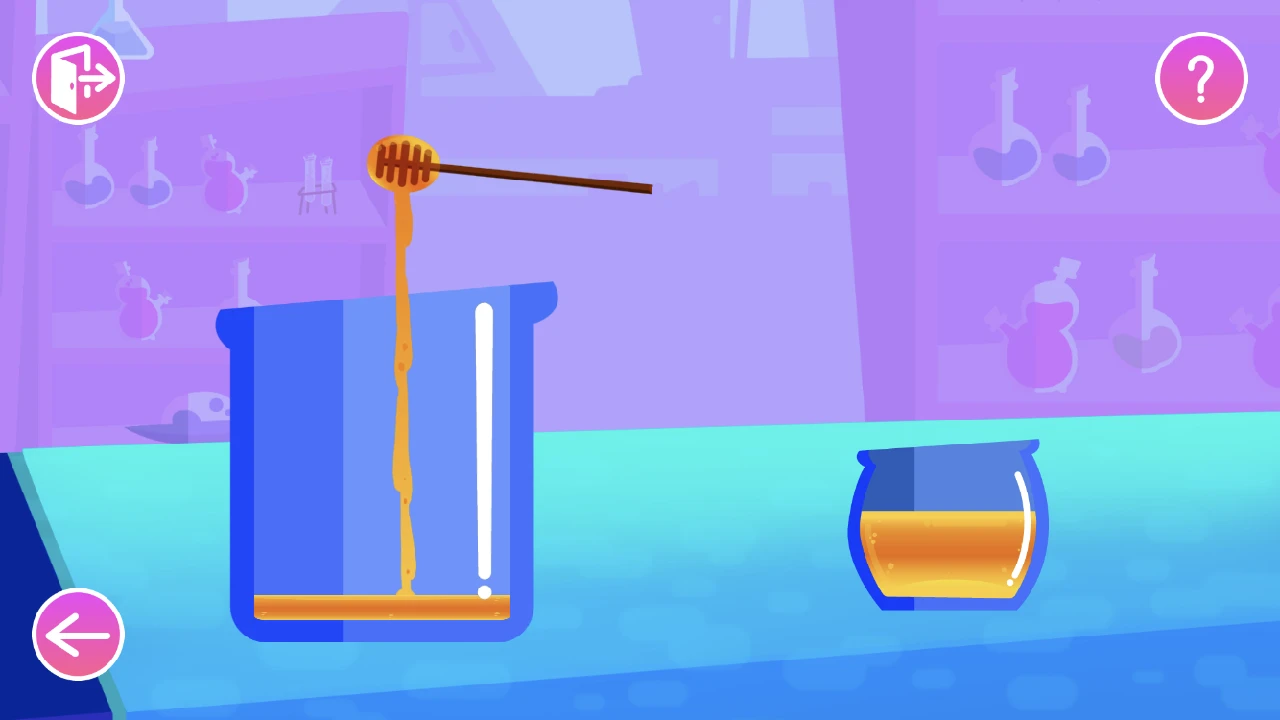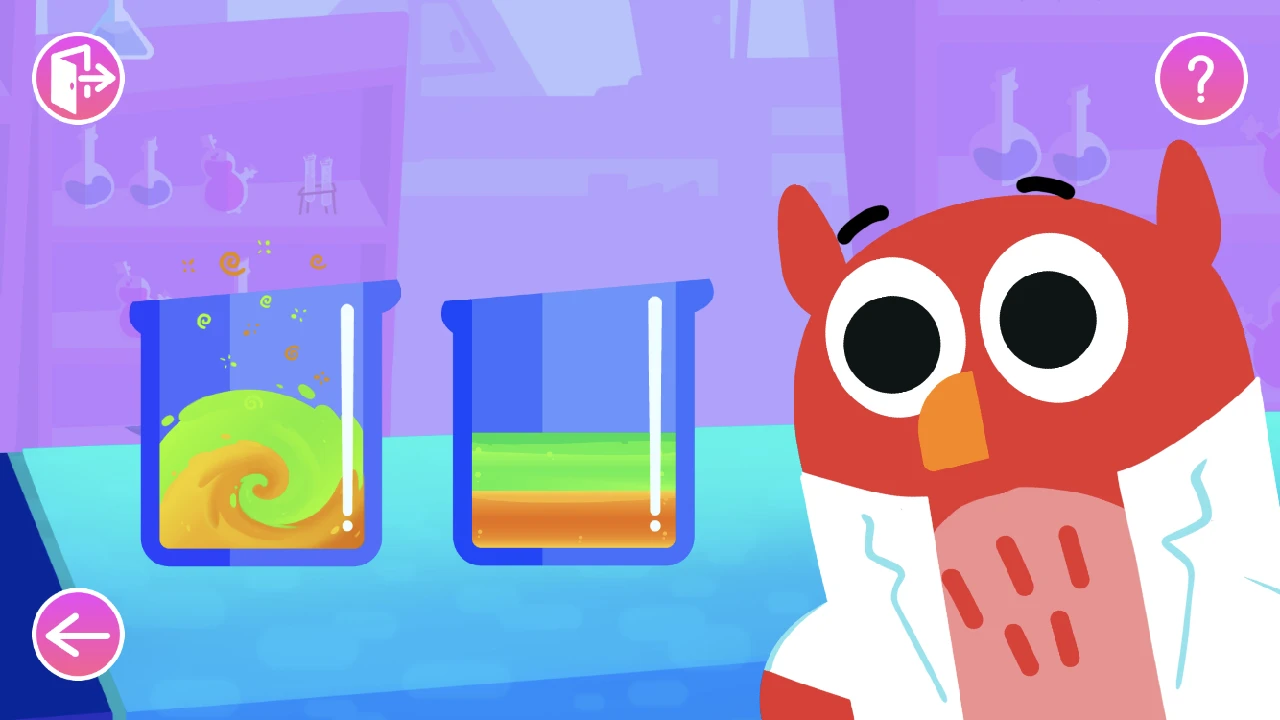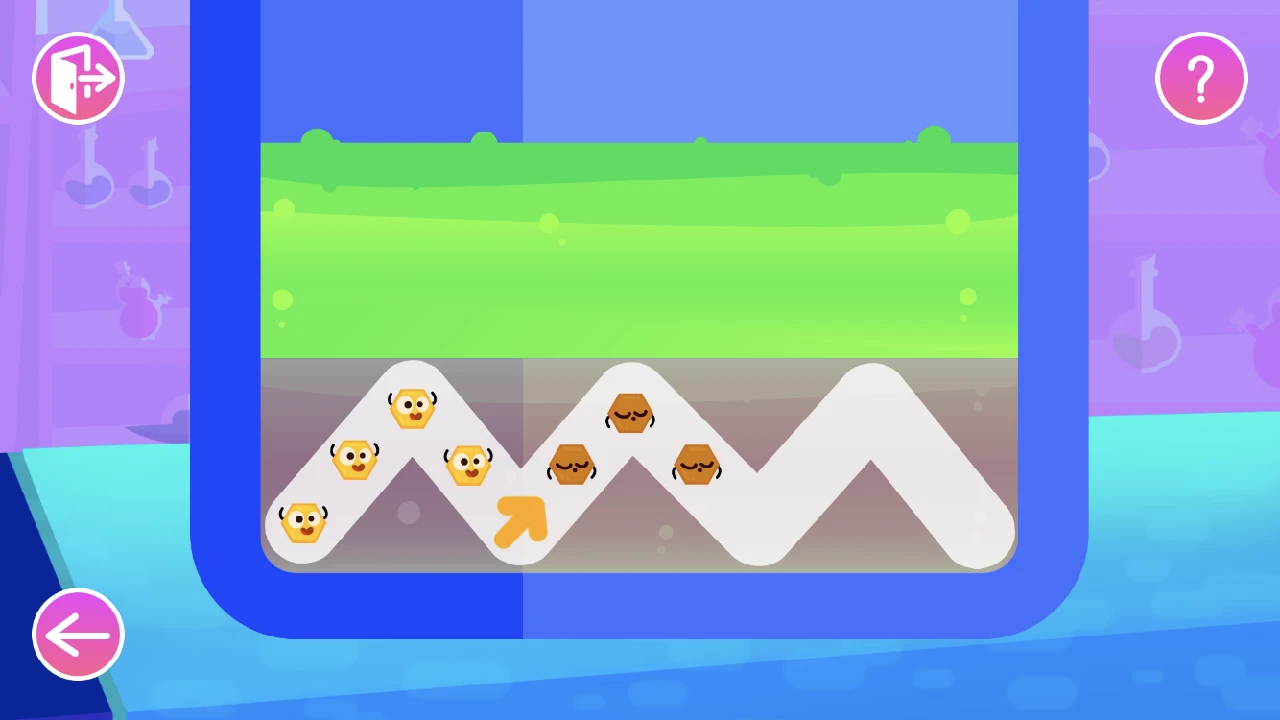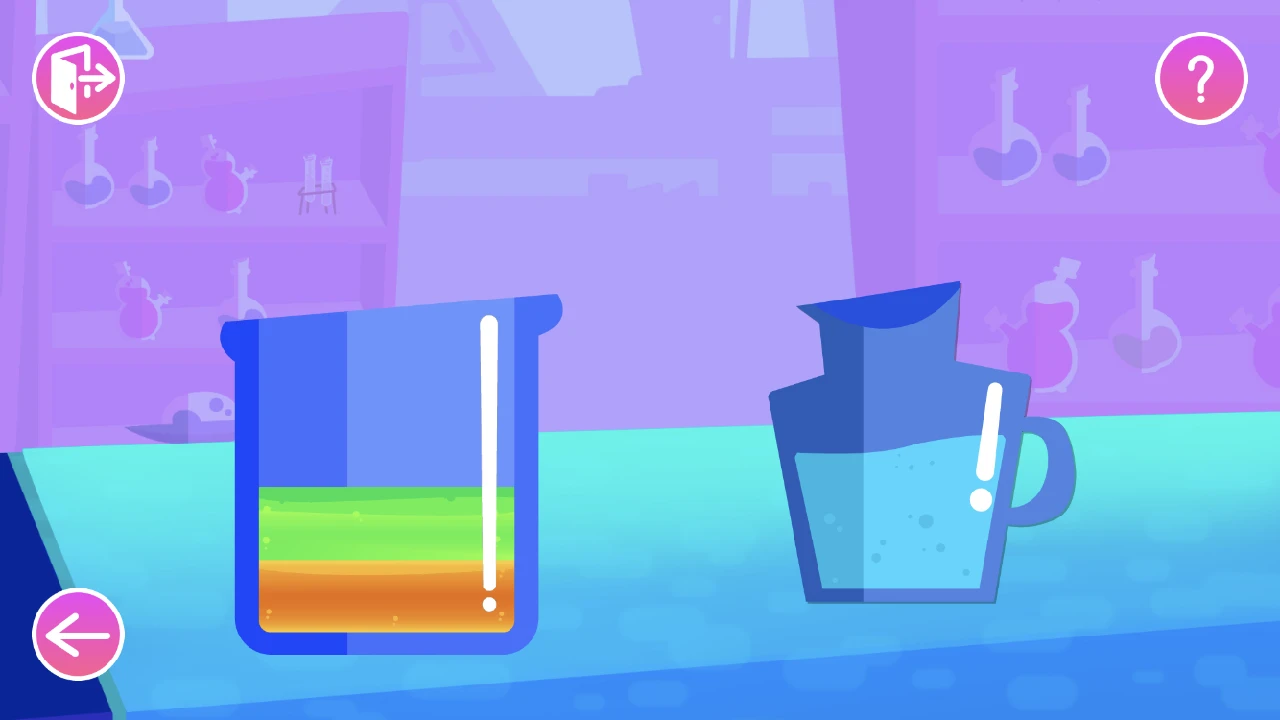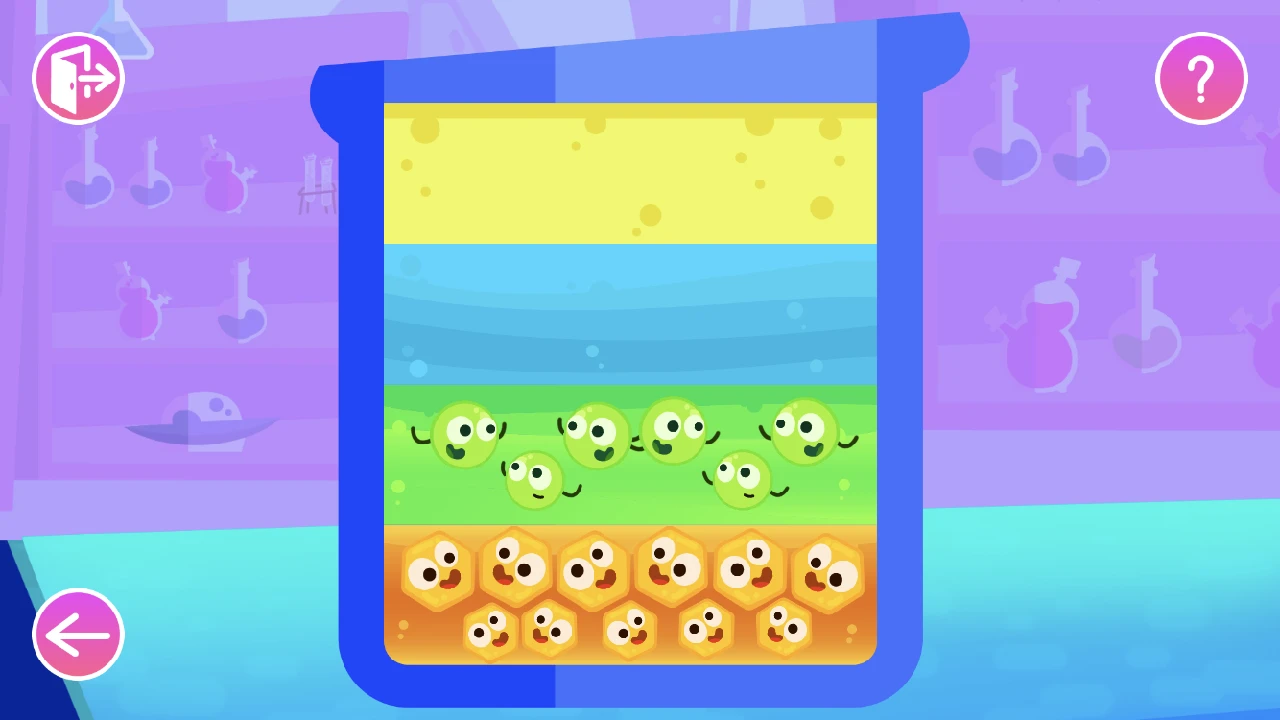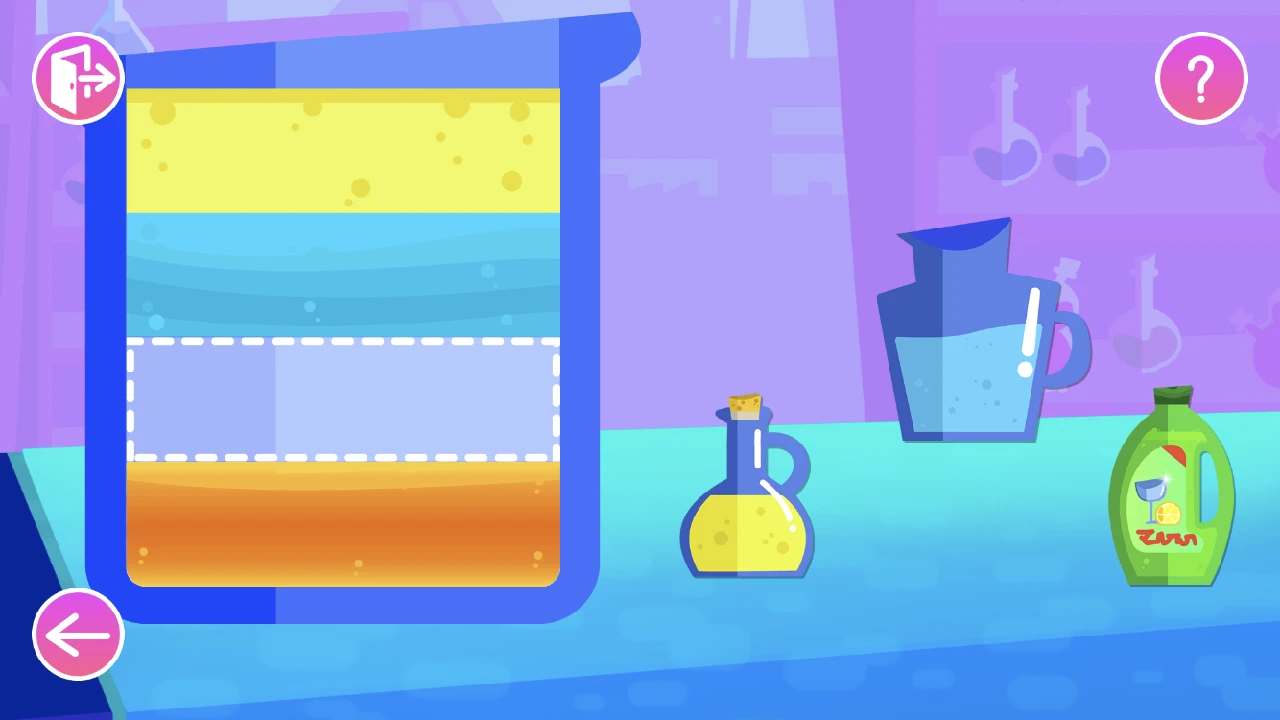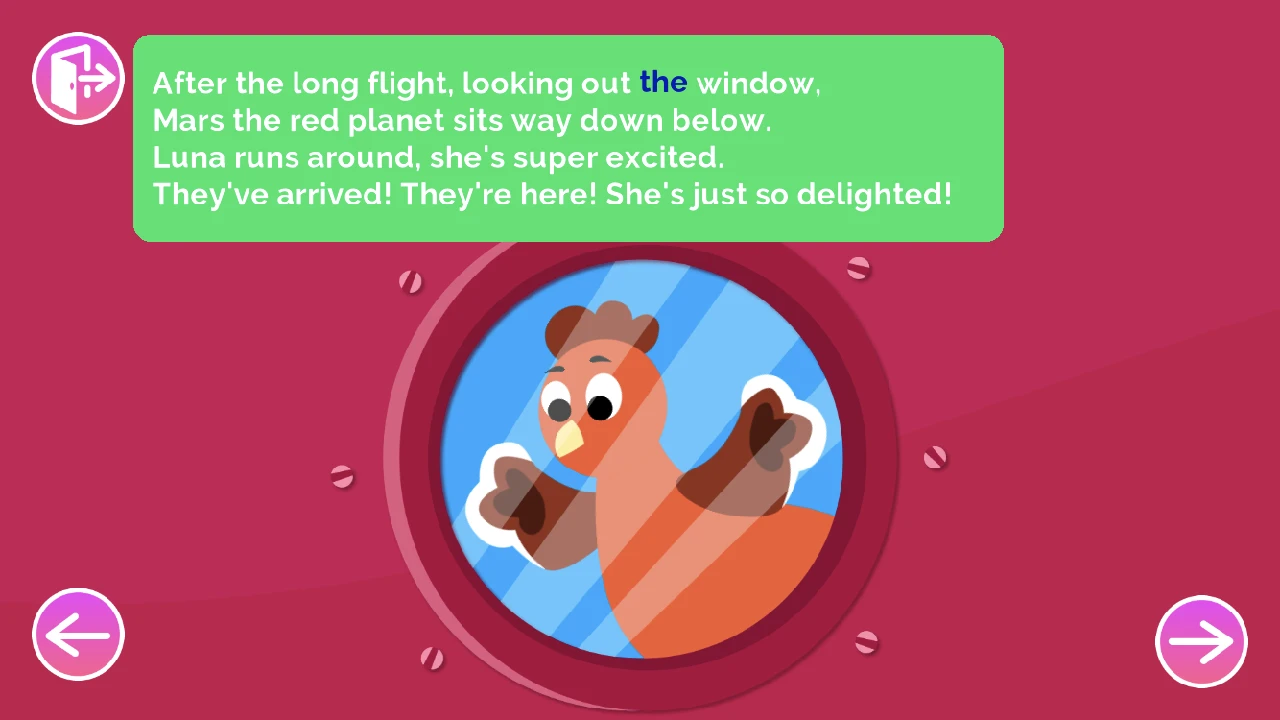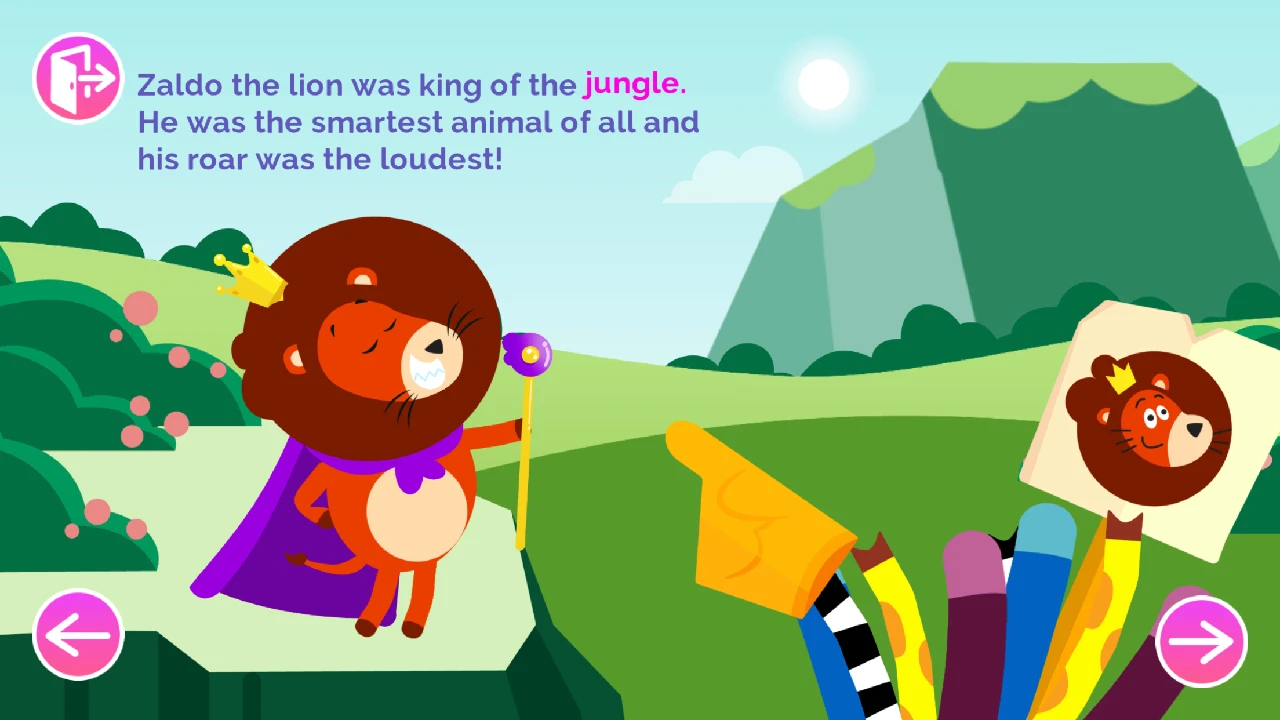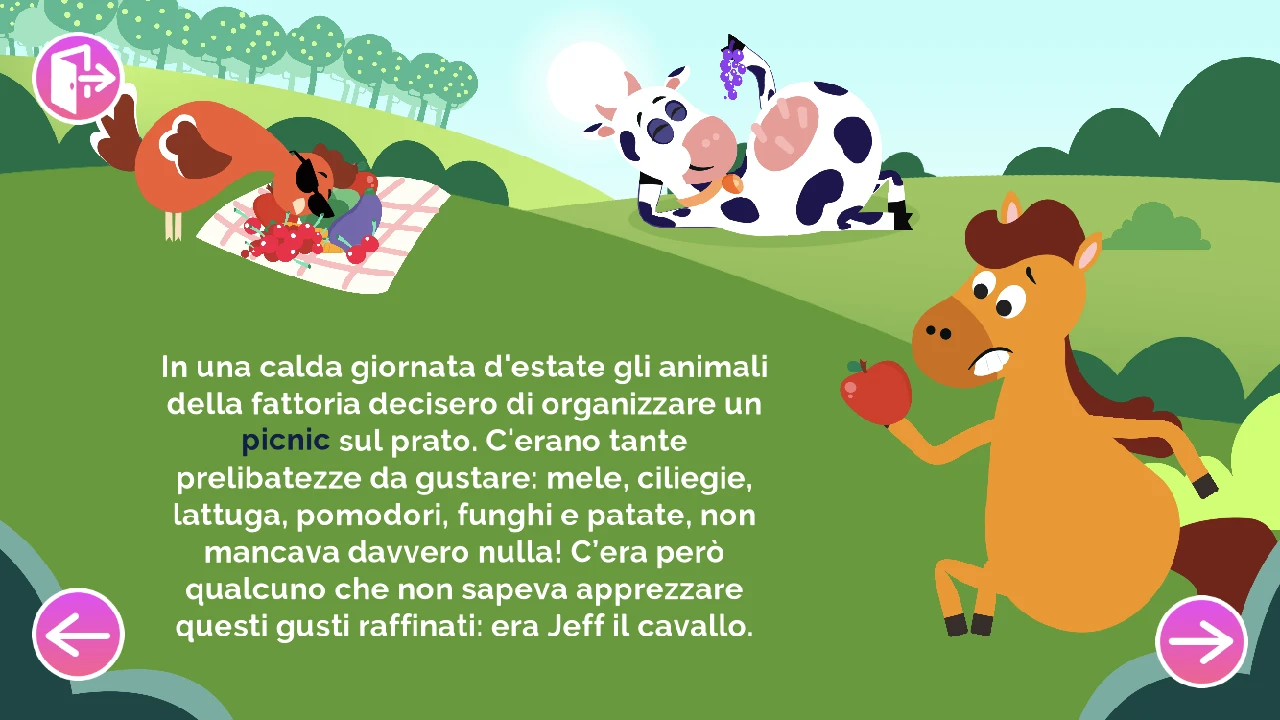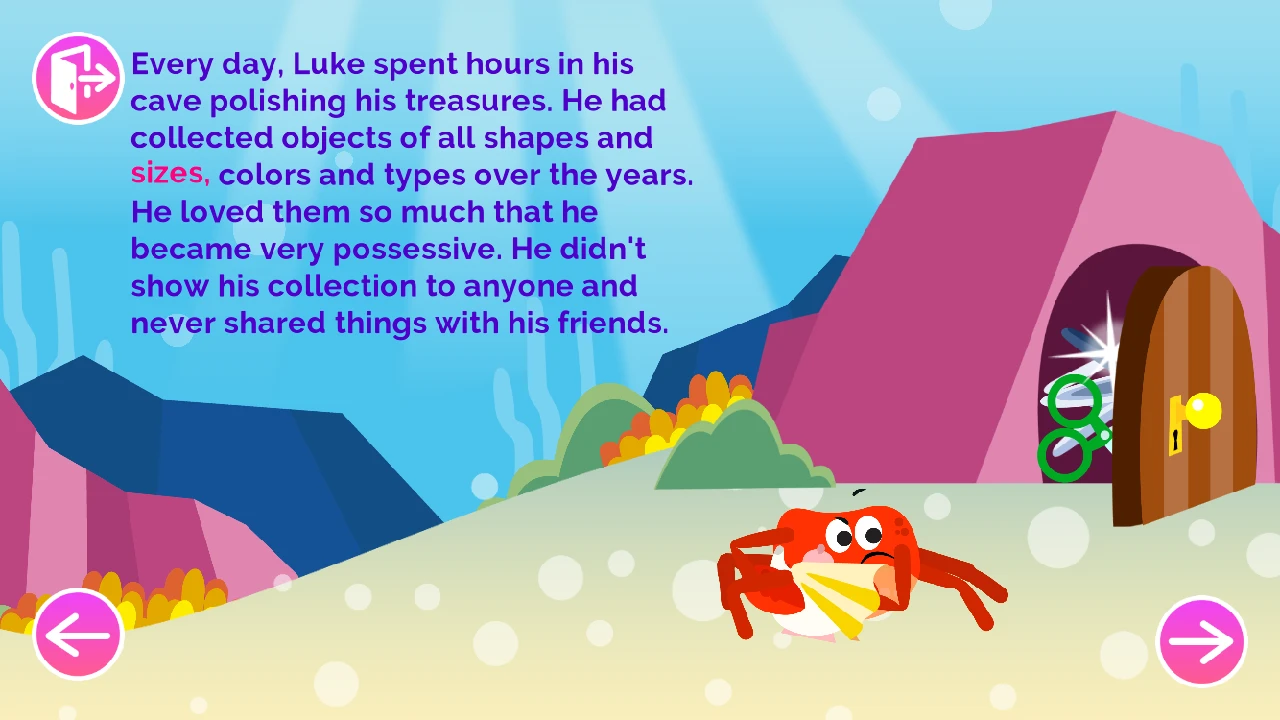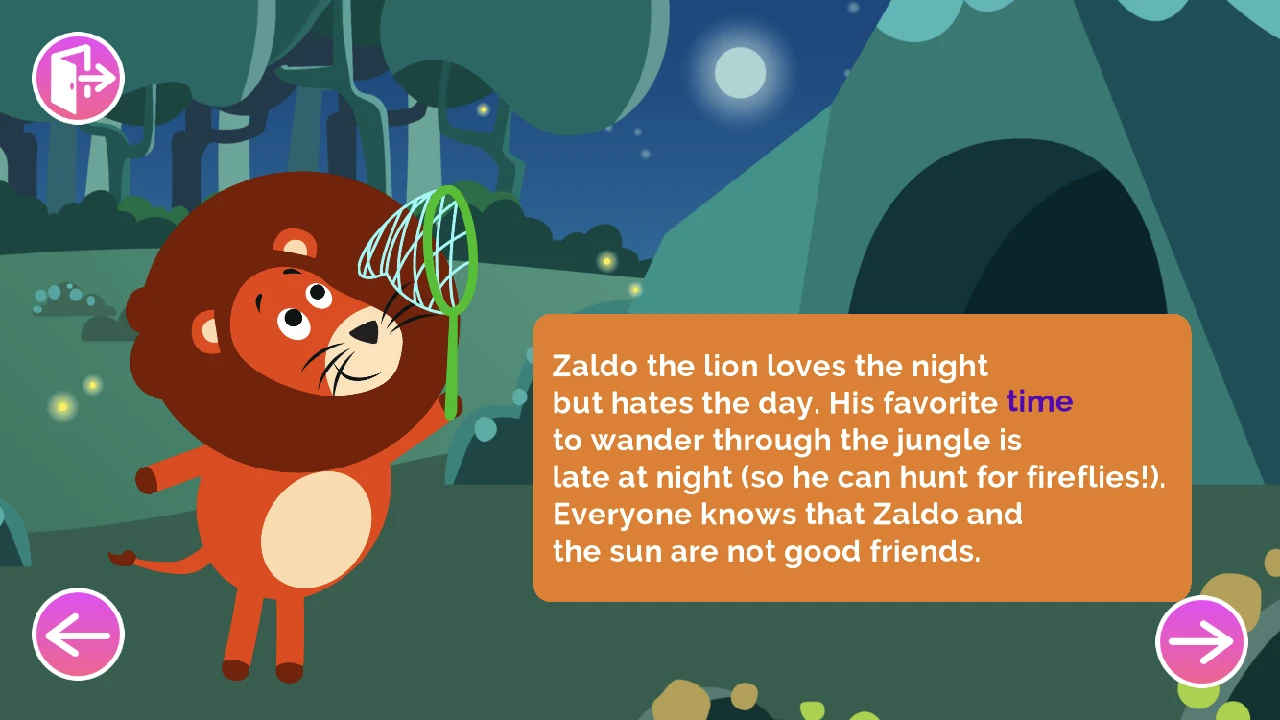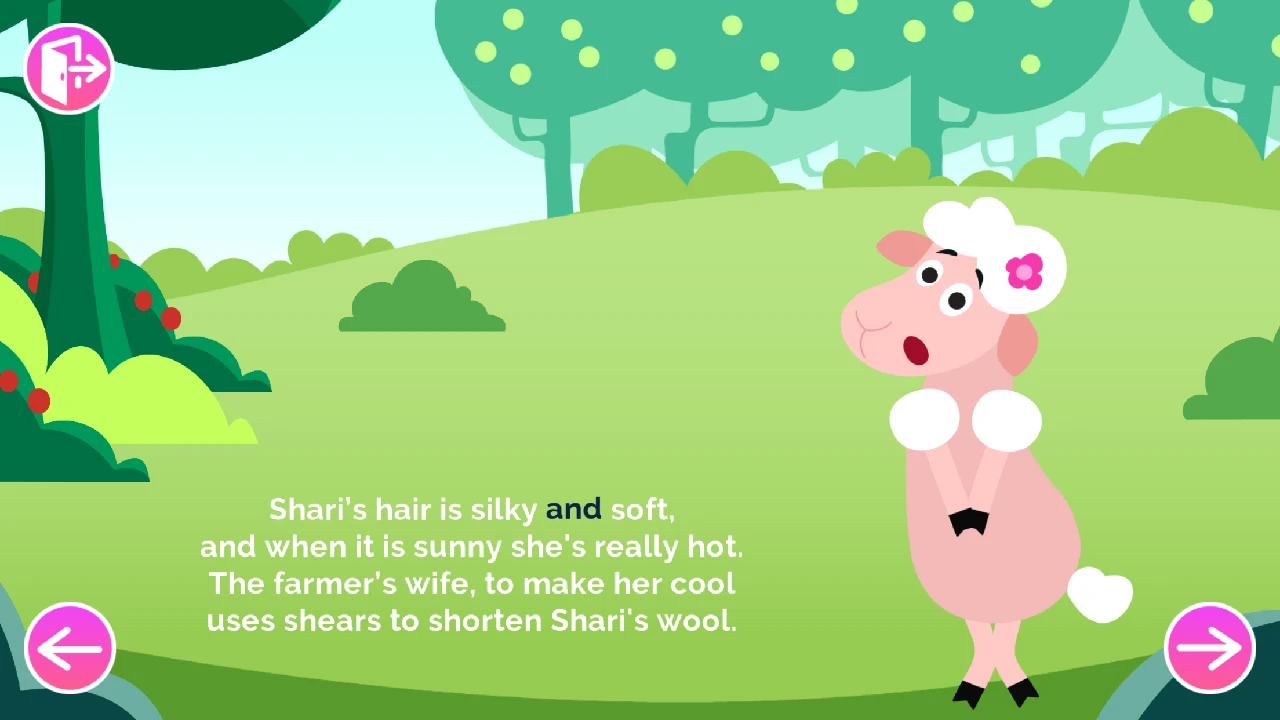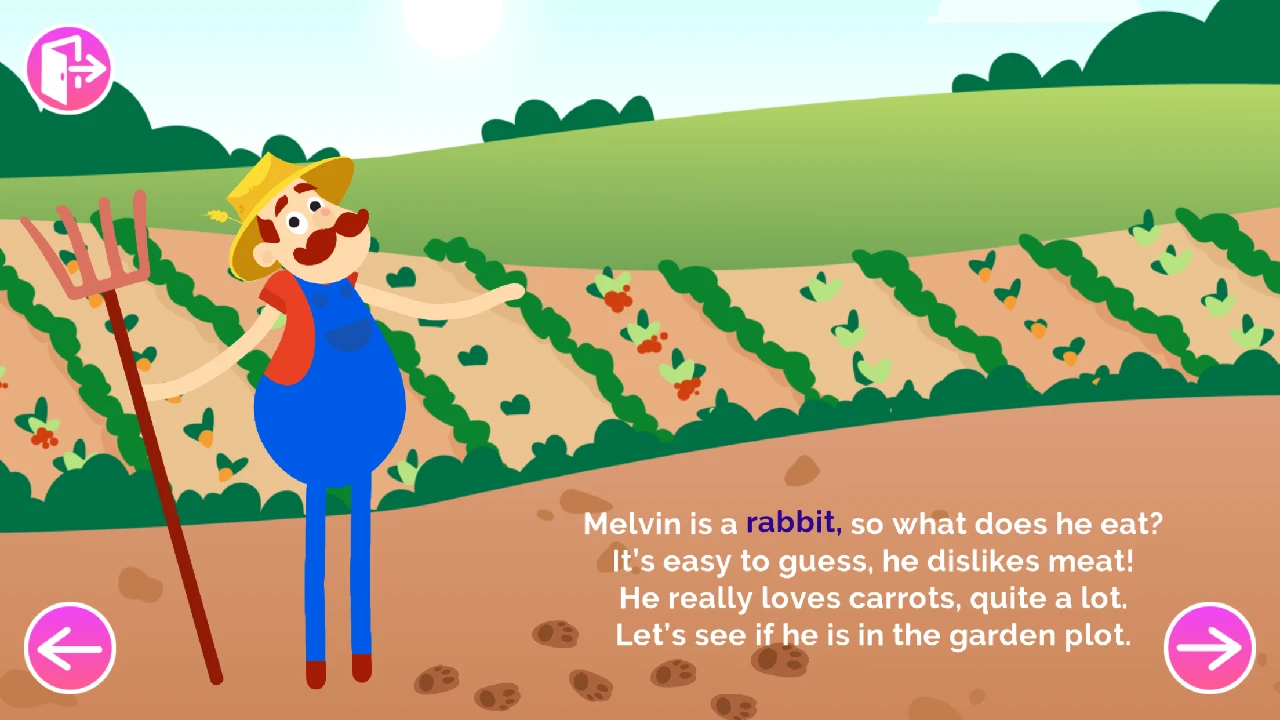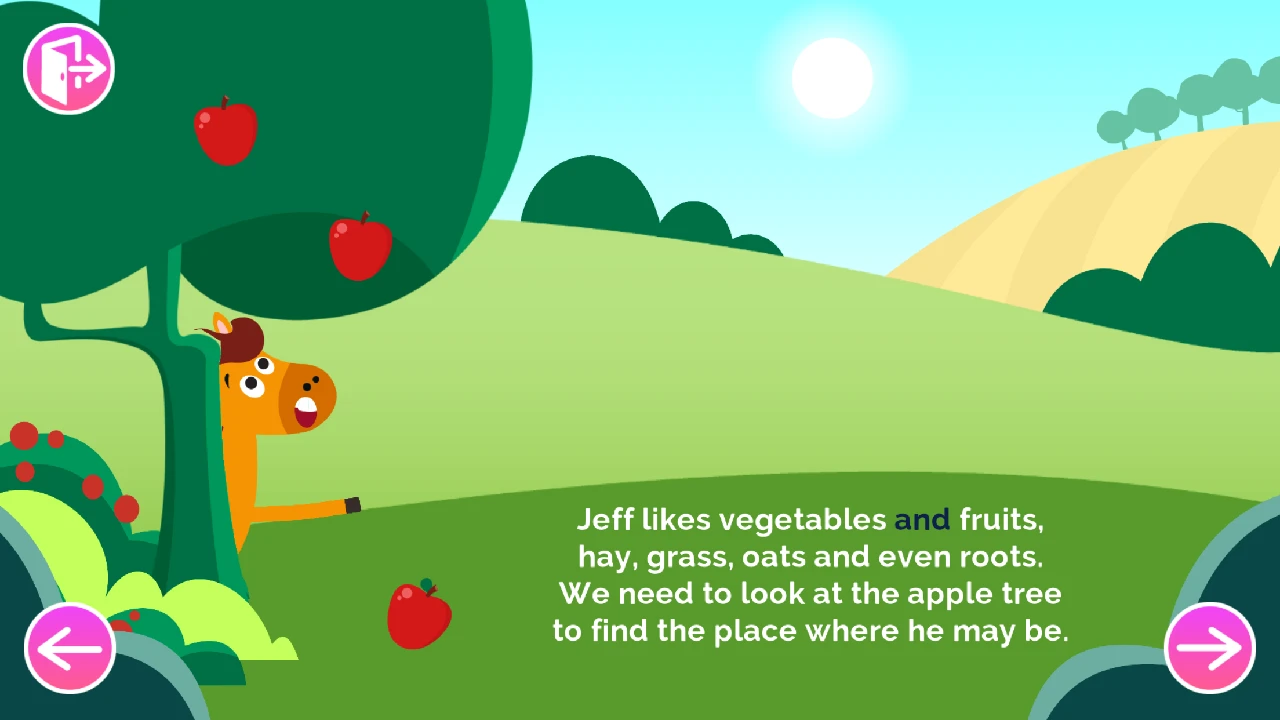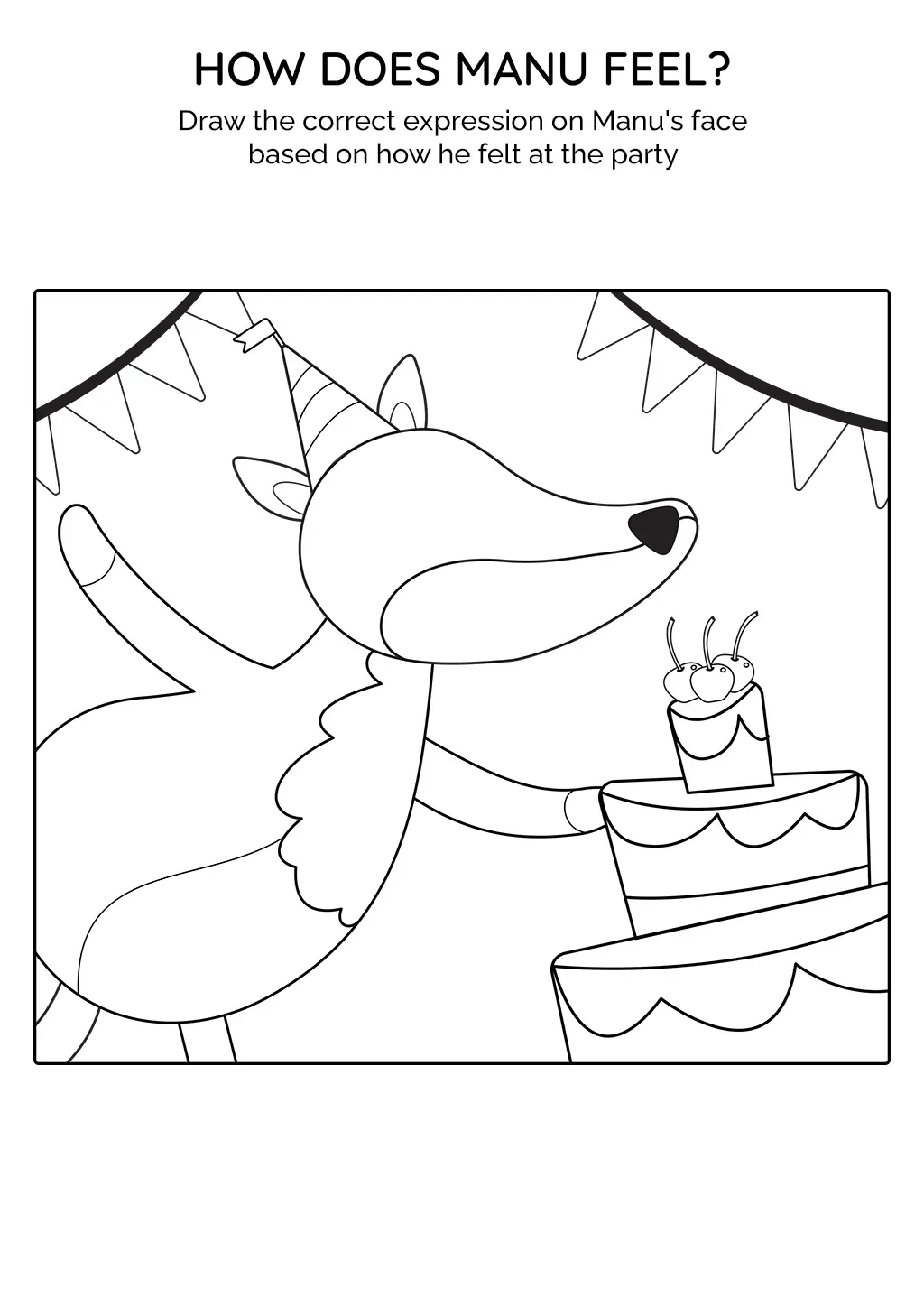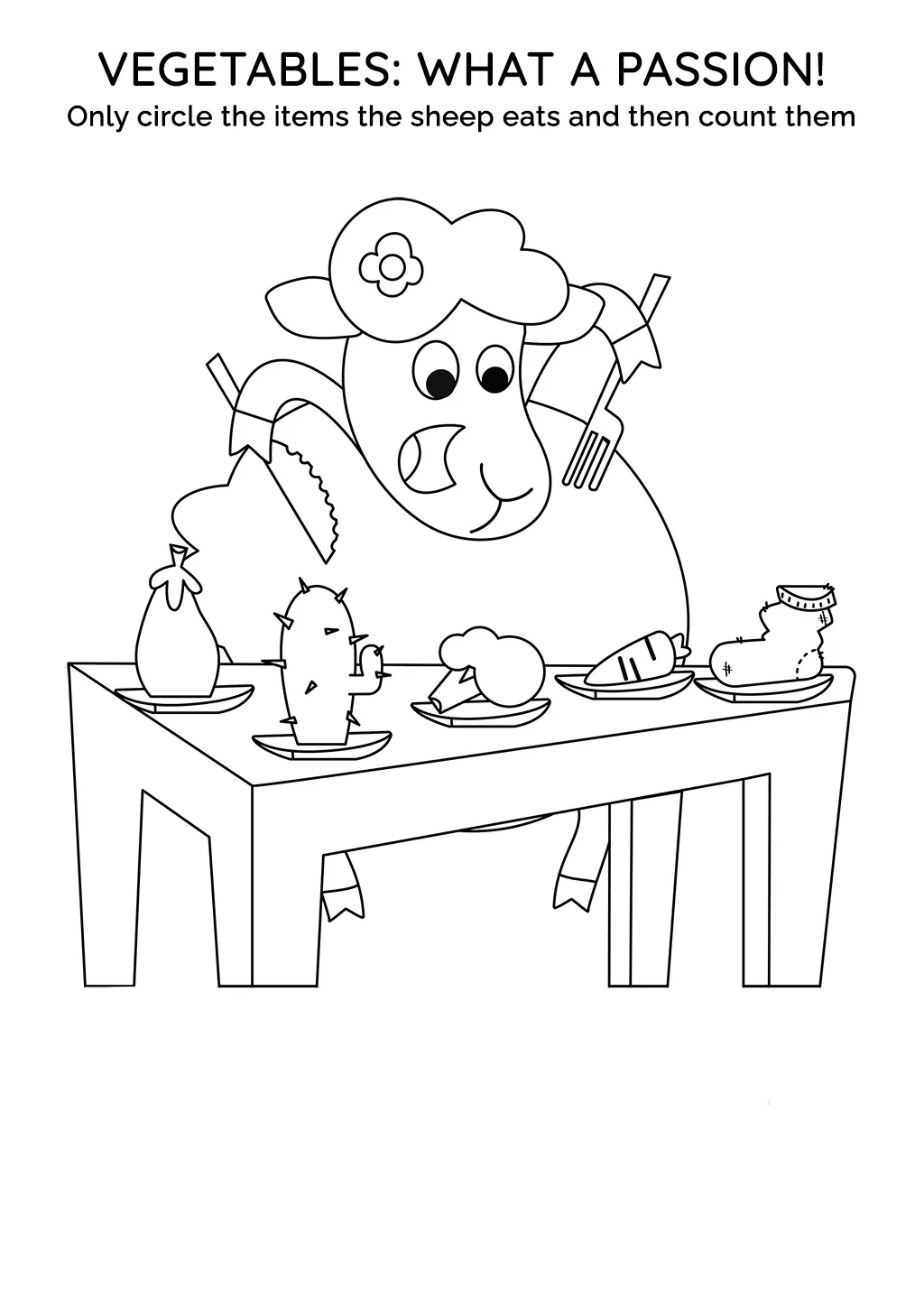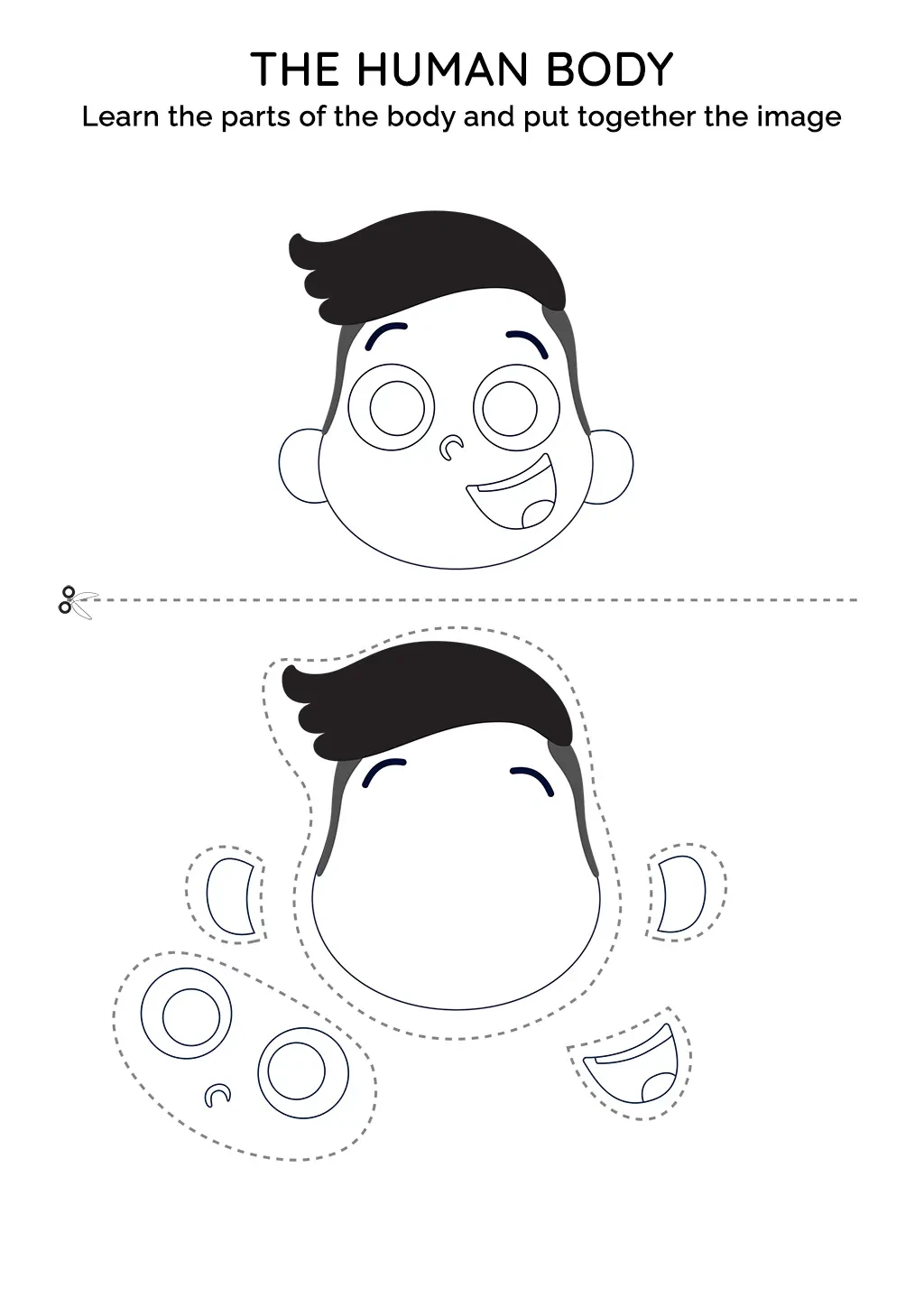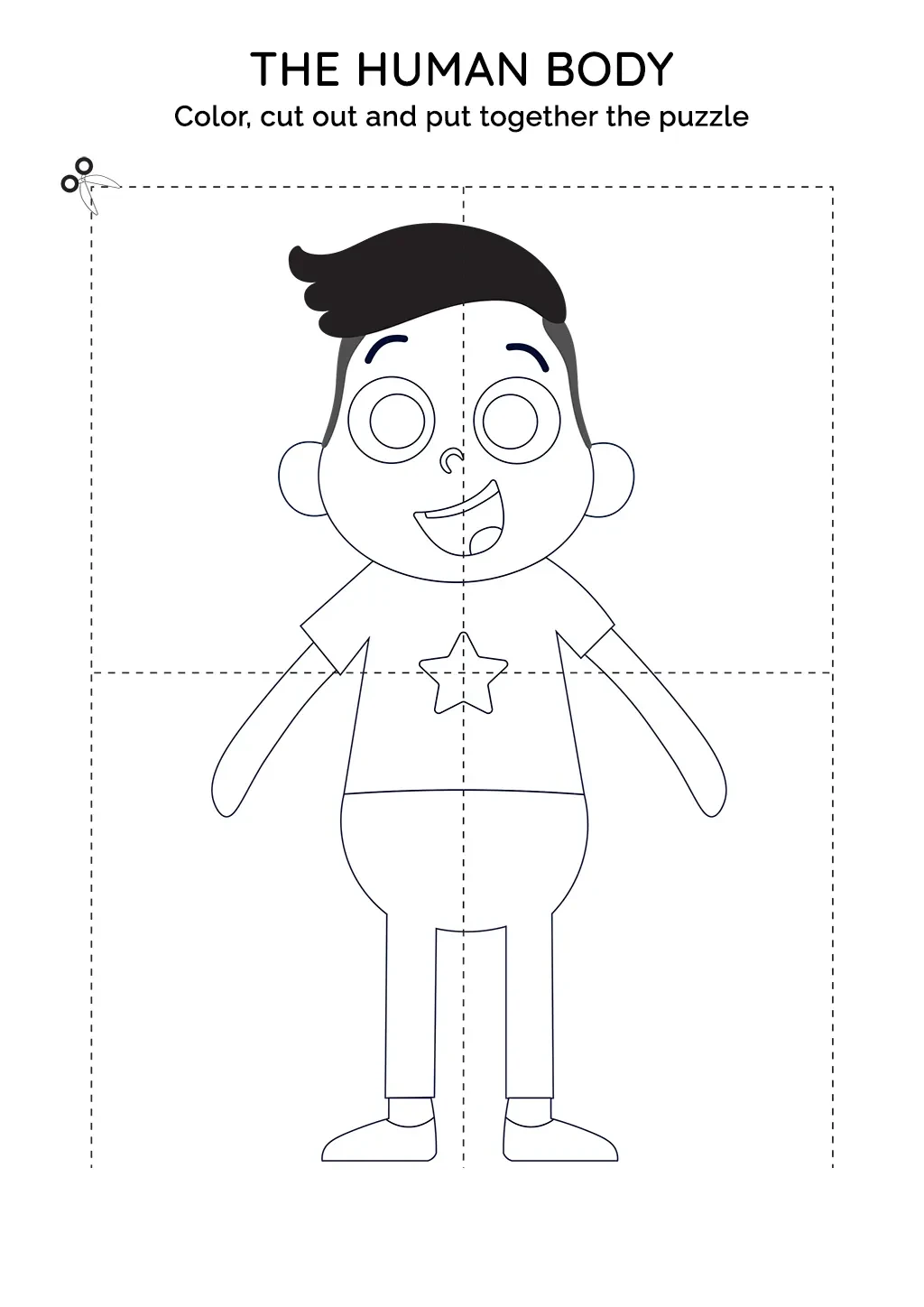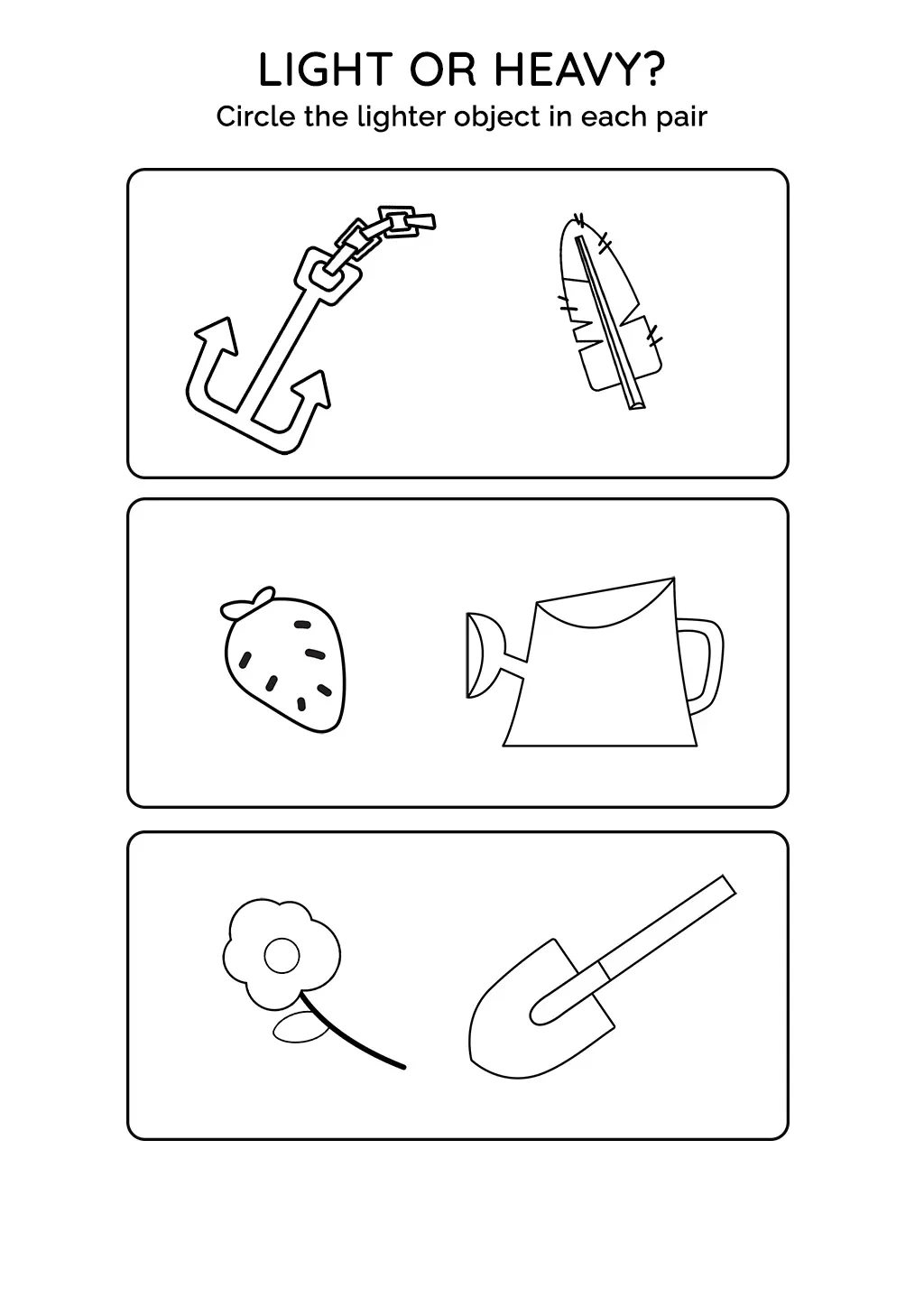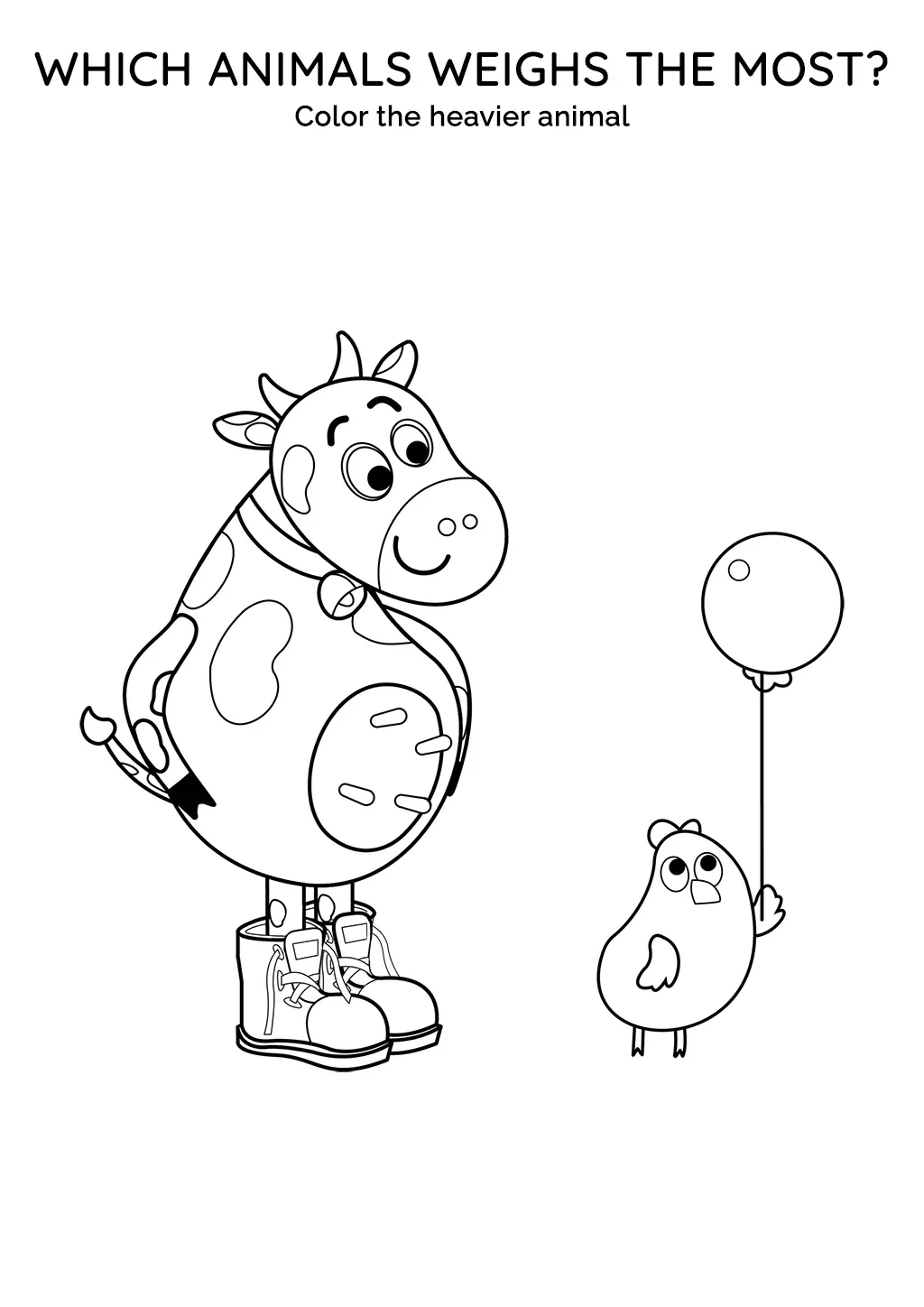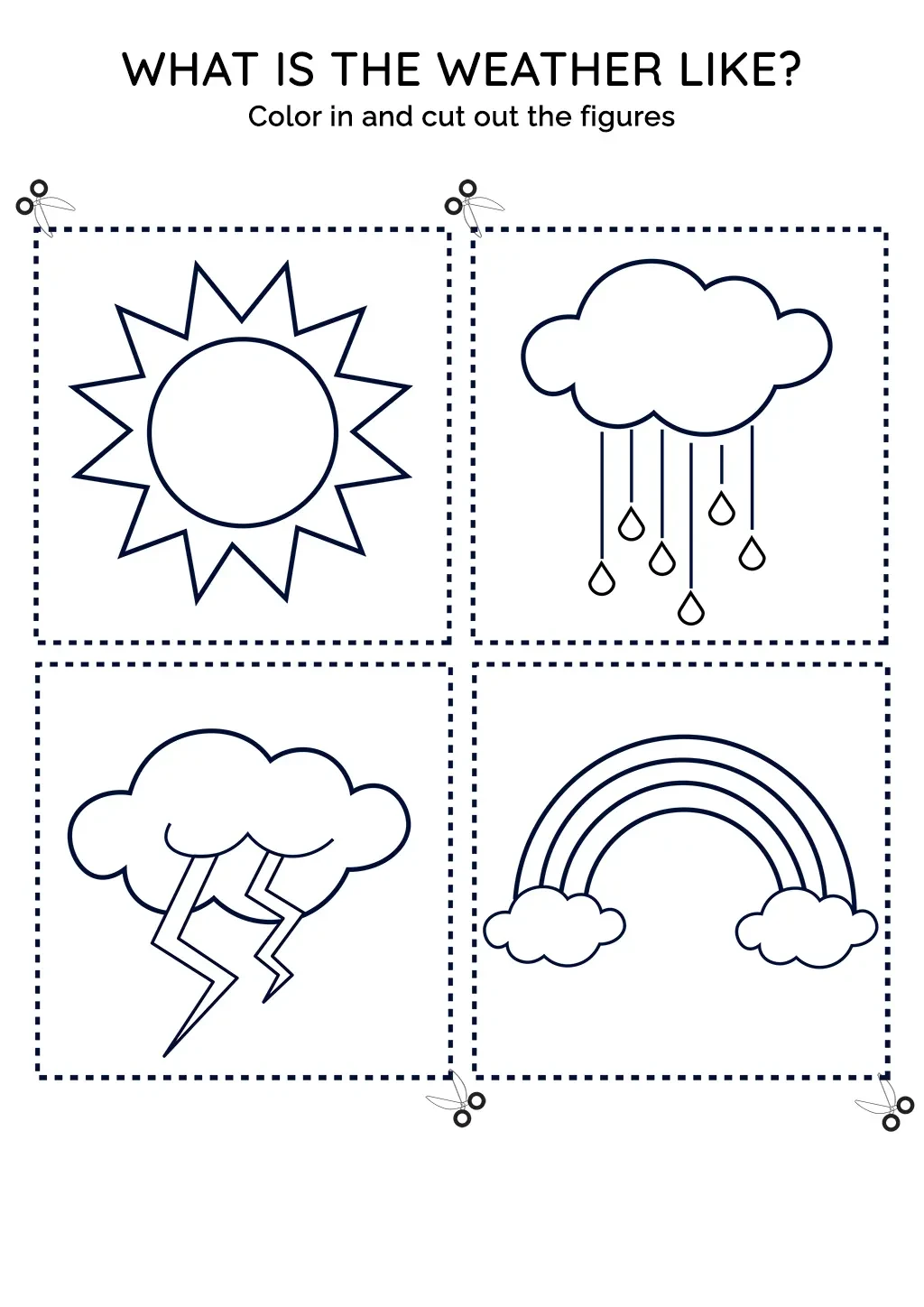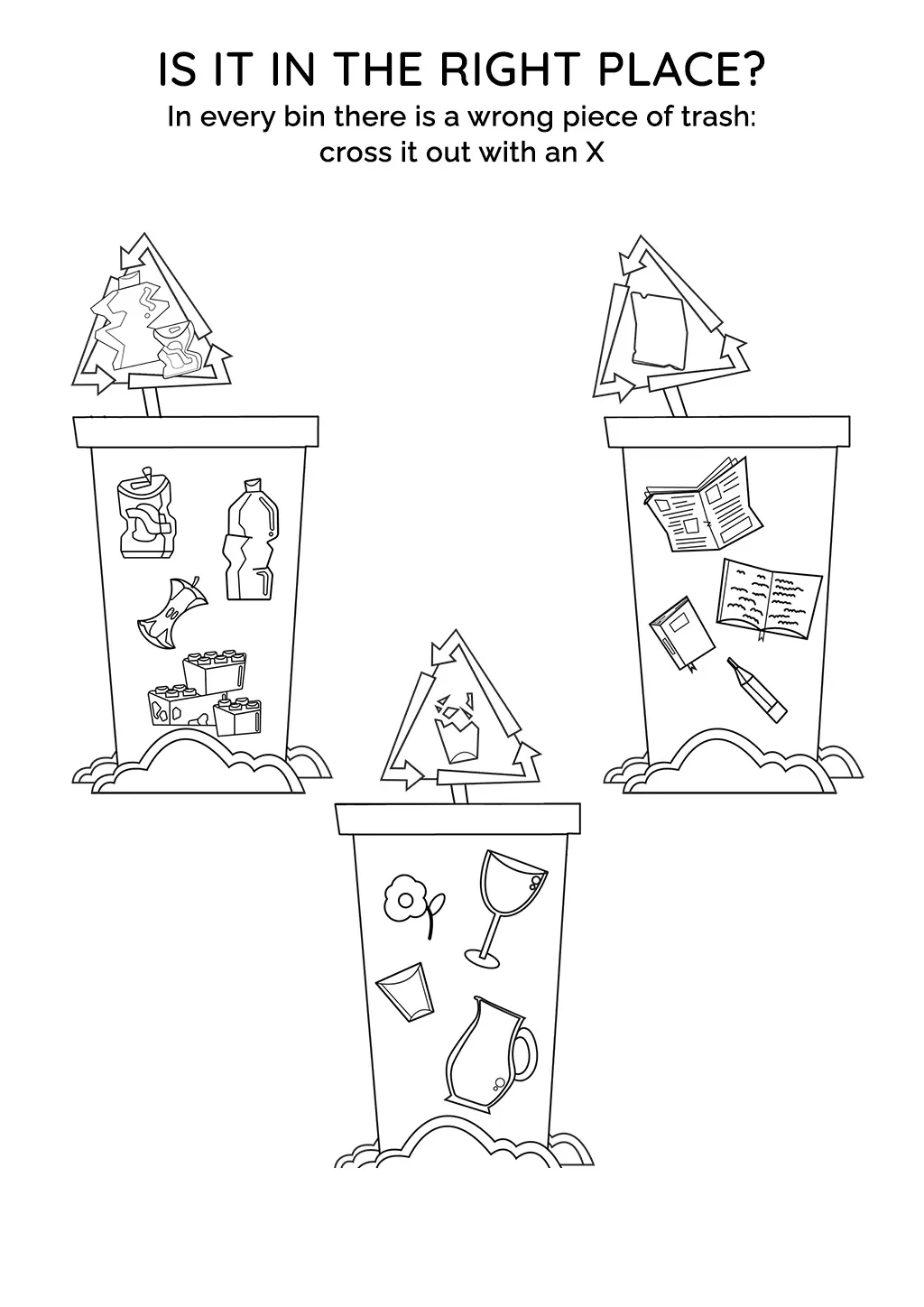The universe is painted with a complex palette of geometric shapes. From the roundness of the earth and the spherical shape of the sun to the triangular roof of a house or the rectangular design of a door – geometric shapes are everywhere. By introducing geometric shapes to children at an early age, we pave the way for cognitive development and a stronger understanding of the world. It helps them perceive and relate to the environment, enhances spatial awareness, and forms the groundwork for mathematical concepts. More importantly, it sparks their imagination, allowing them to see patterns, symmetry, and beauty in their surroundings. Let’s delve into the fascinating world of geometric shapes and how you can introduce them to children aged 3 to 6.
At its core, a geometric shape is an area enclosed by a line or an outline which can be identified by its name and properties. The basic geometric shapes children encounter first are the circle, triangle, square, and rectangle. These shapes, and more complex ones such as the pentagon, hexagon, and octagon, are called polygons – shapes with straight lines. Then there are the three-dimensional shapes, also known as solid shapes like the cube, sphere, cylinder, cone, and pyramid. But beyond these simple definitions, each shape also carries specific properties. For example, a square has four equal sides and four right angles, whereas a triangle has three sides, and the sum of its angles always equals 180 degrees. Understanding these properties not only helps children recognize these shapes but also forms the foundation of logical reasoning and mathematical skills.
Children learn best through play, and this stands true for geometric shapes as well. Here are five engaging activities to help your little ones become shape wizards:
Remember, the goal is to make learning about geometric shapes a fun and interactive process!
Introducing the concept of geometric shapes to preschool children can be made enjoyable and impactful with the aid of games, stories, and educational worksheets. Smart Tales offers a plethora of these resources to help your child embark on the fun journey of learning about geometric shapes, enhancing their spatial perception, logical reasoning, and mathematical skills.
With the selection of delightful stories in the Smart Tales app, your child can learn about geometric shapes in a fun, narrative format.
Through interactive games, children can reinforce their knowledge about geometric shapes. They get to participate with lovable characters in exciting environments, honing their understanding of shapes through play.
The Smart Tales app also features educational worksheets, expertly designed to reinforce geometric shape recognition skills. These worksheets transform learning into an engaging experience, helping children identify, match, and draw various geometric shapes.
Unraveling the magic of geometric shapes for preschool children is an essential step in their cognitive development. It’s an exciting exploration of their environment, understanding patterns, symmetry, and logic. By engaging them through stories, games, and educational worksheets available in the Smart Tales app, children not only learn about these shapes but also develop a keen sense of spatial perception and mathematical skills.

